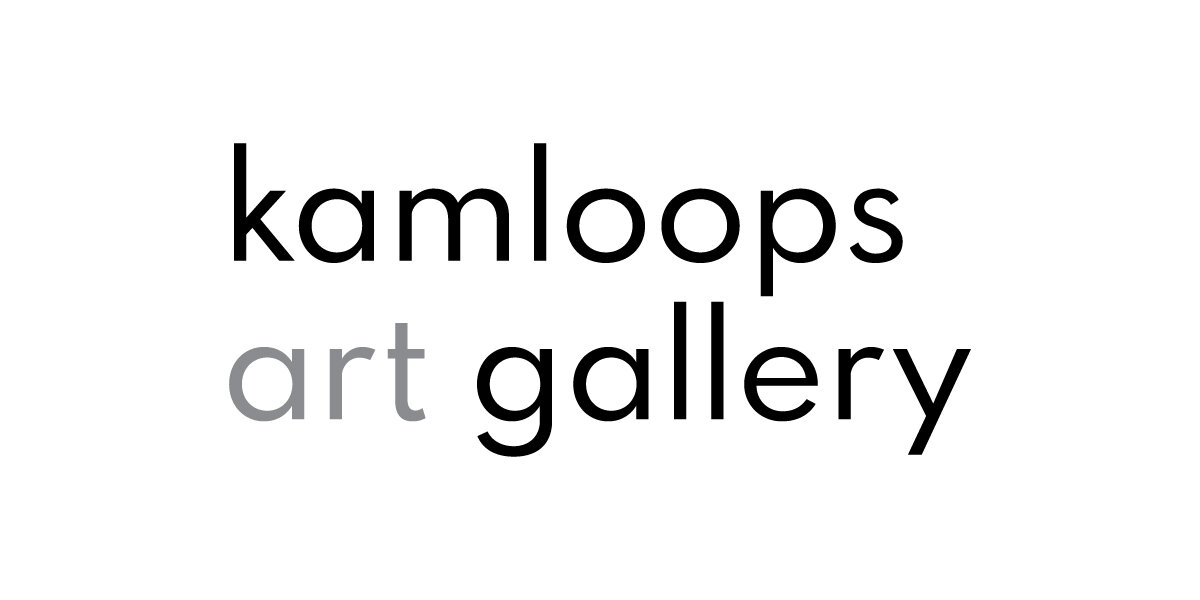Sonia Cornwall Inspired Paintings
SCHOOL PROGRAM LESSON PLAN – K to 3
Sonia Cornwall Inspired Paintings
Final Project Description:
A canvas board acrylic painting with all area covered of a natural scene from their lives, from memory. Animals, plants, human made objects, buildings, use of different brush strokes and colour mixing should be evident.
Description:
Students will create a painted scene inspired by the local landscape and the work of Sonia Cornwall. This exercise is meant to combine their consideration of a place to paint, its significance and its parts. Students should consider how to lay out and plan their paintings, while working with experimenting and “happy accidents”. This is a largely formal workshop focusing on colour theory, colour mixing, different brush strokes and abstraction.
Theory:
Students will (taken from the BC Curriculum PLOs):
-use imagination, observation, and stories to create images
-create images that feature line, colour and the principle of pattern
-create 2D images that represent ideas and concepts
-respond to artworks – Sonia Cornwall’s paintings
-create 2D images of personal significance
Creation & Analysis:
Review Sonia Cornwall’s work and pass out photocopied images for a reference/refresher (in Instructor files). Ask some questions about how she composes her work: What colours are used? How does she merge colours together? Can you make out shapes of buildings, animals, farm equipment? What is “abstraction”? Why might an artist do this?
Ask some questions about the surrounding landscape and the elements of it (mountains, rivers, sage brush, deer, etc etc) they can identify. Ask students to imagine a favourite outdoor place. Can they see any of these elements from their house? Their school? Ask them to describe the place they intend to paint and include at least one of the following: a local plant, animal, geographic feature, weather, human made objects and the sky.
Have students sketch in pencil on scrap paper how they think they’ll start their painting. Explain how artists use sketches as a tool and that the final work might look quite different.
Explain the colour wheel and colour mixing. On scrap paper, do some colour mixing exercises together and have students report on what colours they were able to create.
Have them begin their acrylic painting, mixing different colours without muddying and covering all the white space.
Have students try many different brushes and see the different effects they can produce.
You’ll be working fairly small, be sure to encourage detail work and adding texture to grass, etc. Explain you can always add more detail to kids who finish quickly.
Duration:
60 minutes in the studio – 15 mins on approach, 10 mins on colour mixing and theory, 30+ mins on painting, 5 mins for wrap up and possible discussion or look at other’s work to end class.
Materials:
Canvas Boards
Different brush sizes
Basic colours of acrylic paint
Scrap paper
Pencils
Water
Colour wheels
Palettes
Look & Discuss:
-HAVE STUDENTS PUT THEIR NAMES ON THEIR PAPERS! This is important.
Kids this age might have a tendency to work really fast and use fat brush strokes. Make sure they try tiny brushes and have them add textural details and consider all the parts of an element – did they put eyelashes on their cows…? for example. Really encourage them to work small and add all the parts they can think of to their work. We’re challenging their dexterity and observation skills.
Prep:
-Layout sketching, colour wheel and colour mixing activity stuff first.
-Have paint palettes ready
-Organize a drying area away from the main teaching area for wet, finished works. Wherever you set it up, have folding tables out to put the works on – AGAIN, MAKE SURE KIDS HAVE PUT THEIR NAMES ON THEIR WORK FIRST THING
-Put a variety of brushes out, especially small brushes
-Have examples of Cornwall’s work handy for looking at
Take it further:
Ask students to look at each other’s work at the end of class to see how other students approached their project. How are they similar? How are they different? How has this activity made them consider their surroundings? What kinds of things do artists pay attention to and why might they do this? Ask some prompting questions and get kids to share their ideas. Cornwall is inspired by her occupation – what might be some other fun jobs to paint? Etc…
